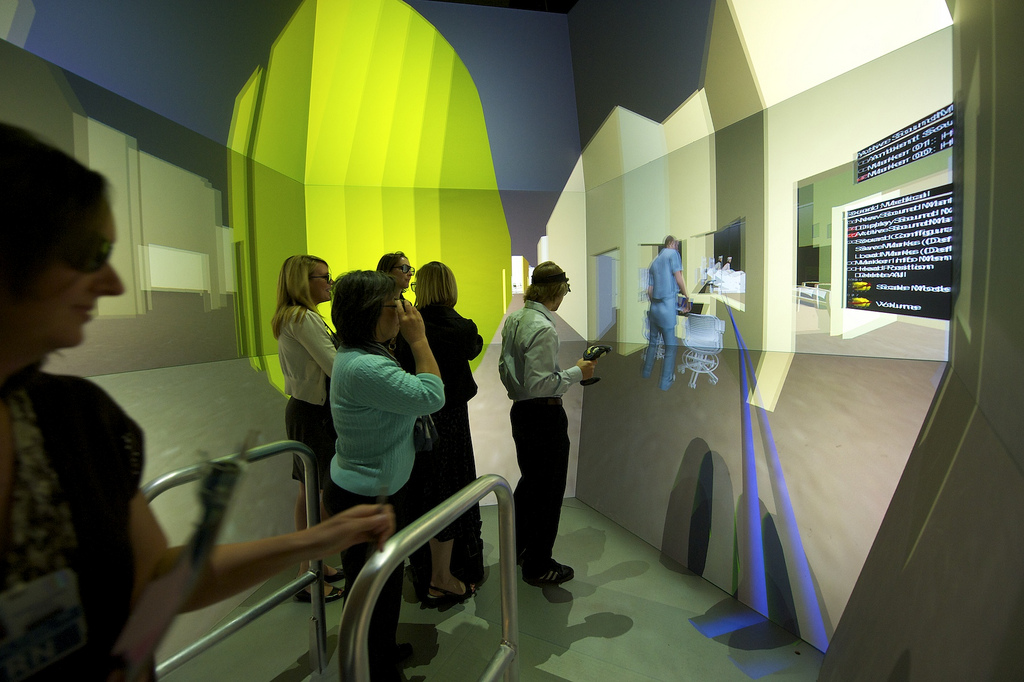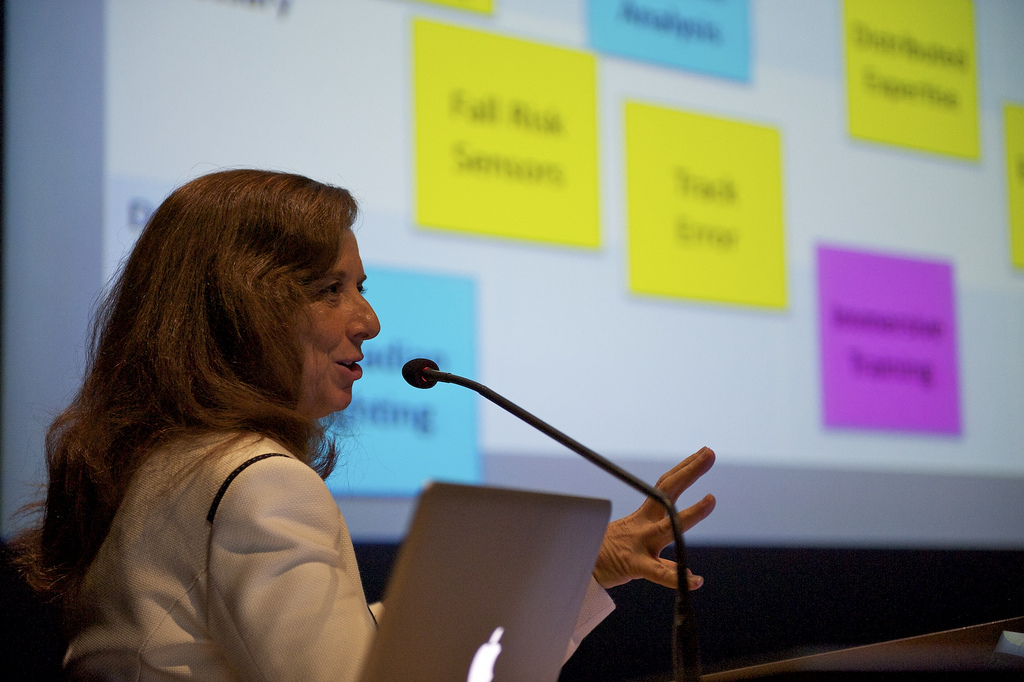UC San Diego, NewSchool of Architecture & Design and Innovation Design Science Announce New Design + Health Collaboratory
Brains, Bodies and Buildings: NeuroArchitecture Meets Human-Centered Design
San Diego, March 4, 2015 — San Diego company Innovative Design Science, as well as the University of California, San Diego (UC San Diego) and NewSchool of Architecture & Design, today announced they have teamed up to launch a Design + Health Collaboratory. The Design + Health Collaboratory consults to and conducts studies for clinicians, architects, designers, engineers, planners and policy makers in order enhance design for all scales, people and places. The group’s development follows on the heels of the American Institute of Architects (AIA) Design + Health Research Consortium Dec. 2014 announcement that NewSchool, UC San Diego and Innovative Design Science were named as charter members, an exclusive honor for only 11 selected architecture schools and schools of medicine or public health from across the U.S.

Experts from fields including architecture, medicine, anthropology, engineering and neuroscience will meet at the Robert Wood Johnson Foundation in Princeton, NJ on March 5 for the inaugural meeting of the American Institute of Architects (AIA) Design + Health Research Consortium.
Based on the strength of existing programs and research infrastructure, primarily in the San Diego region, and with studies that underline that health environments extend beyond healthcare design, the Design + Health Collaboratory is initially pursuing two topics of focus, both of which are also noted as specific items of interest by the AIA Design + Health Research Consortium: physical inactivity (including infrastructure, active and universal design strategies) and sensory conditions (including acoustic, lighting, dimension and the physical features of design).
"Our concepts of health in the 21st century go beyond the prevention and treatment of disease. How our physical and sensory environments contribute to health are taking on increasing importance," said Dr. Maria Savoia, UC San Diego School of Medicine’s Dean of Medical Education. "Our understanding of how the built environment contributes to human performance may be explored at the intersections of architecture and neuroscience."
On the challenge presented by the sensory environment, there is a decade-long (and continuing) collaboration among NewSchool of Architecture & Design, the Academy of Neuroscience for Architecture, UC San Diego, Calit2’s Qualcomm Institute and Innovative Design Science. These interactions have produced innovations for real-time, real-scale visualization and sonification in virtual-reality environments, as well as eye tracking and synchronous electrophysiological tracking to enhance the scope and accuracy of sensory environment studies.

“We have brought together unconventional, interdisciplinary partnerships to inform the design of environments that encourage healthy behaviors and improve public-health outcomes,” said Design + Health Collaboratory Director Eve Edelstein, PhD, F-AAA, who also serves as President of Innovative Design Science (iDS) and as a faculty member at NewSchool of Architecture & Design. “An increasing number of design firms, public policymakers and private companies have expressed interest in our practice-based research consortium.”
The Collaboratory is also partnering with some of the world’s leading architectural design firms that have long-standing commitments to design research, including Perkins+Will , Gensler, and Arup. These industry partners offer both practice-based insights as well as access to on-site studies at architectural and urban scales.
“There is great potential for the Design + Health Collaboratory to develop technologies in support of the design community, including new tools for architects and designers to help identify factors that can affect user outcomes,” said Edelstein. For example, biometric sensors could track not just movement and vital statistics, but also visual attention, clinical status and the brain’s reactions to specific design components. Experts also foresee the use of new methods to track the response to design that encourages physical activity, including the use of full-scale virtual and immersive environments.”

The Design + Health Collaboratory consists of investigators who have a successful history of collaboration with users, clients, clinicians, educators, psycho-physiologists, neuroscientists, public health workers, researchers, engineers, planners and architects and includes faculty from the following San Diego institutions:
- NewSchool of Architecture & Design: In addition to Edelstein, a NewSchool alumna and current Architecture faculty member, the chair of the NewSchool Graduate Program in Architecture, Kurt Hunker, F-AIA, is also involved.
- University of California, San Diego: Faculty include the UC San Diego School of Medicine’s Dean of Medical Education, Maria Savoia, MD, FACP; Family and Preventive Medicine Professor Kevin Patrick, MD, who directs the Center for Wireless and Population Health Systems (CWPHS), a partnership of the School of Medicine and Qualcomm Institute; and James Sallis, PhD, chief of the Division of Behavioral Medicine in the Department of Family Medicine and Public Health.
- San Diego State University: Caren Sax, EdD, chairs the Department of Administration, Rehabilitation and Postsecondary Education, and co-directs SDSC’s Interwork Institute.
Other investigators include University of British Columbia Professor of Population and Public Health, Lawrence Frank, PhD, a long-time co-investigator with James Sallis of UC San Diego; and Jay Bhatt, DO, MPH, who was the first ever Chief Innovation Officer and Managing Deputy Commissioner for the Chicago Department of Public Health and is faculty at Northwestern University’s Feinberg School of Medicine and the University of Michigan Medical School.
Media Contacts
Doug Ramsey/Qualcomm Institute, 858-822-5825, dramsey@ucsd.edu;
Scott LaFee/UC San Diego School of Medicine, slafee@ucsd.edu; 6619-543-5232; or
Lauren Eichmann/NewSchool of Architecture and Design, leichmann@newschoolarch.edu; 619-684-8775

